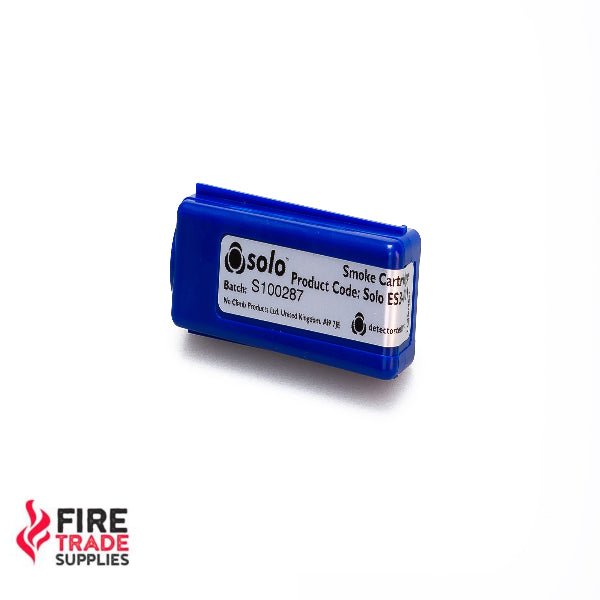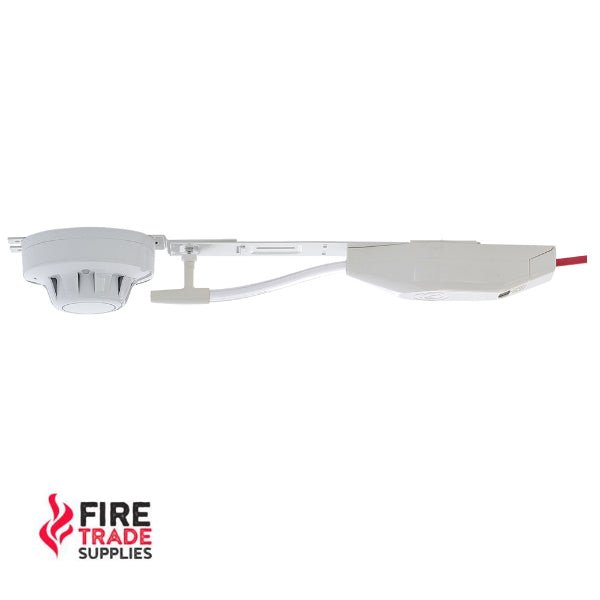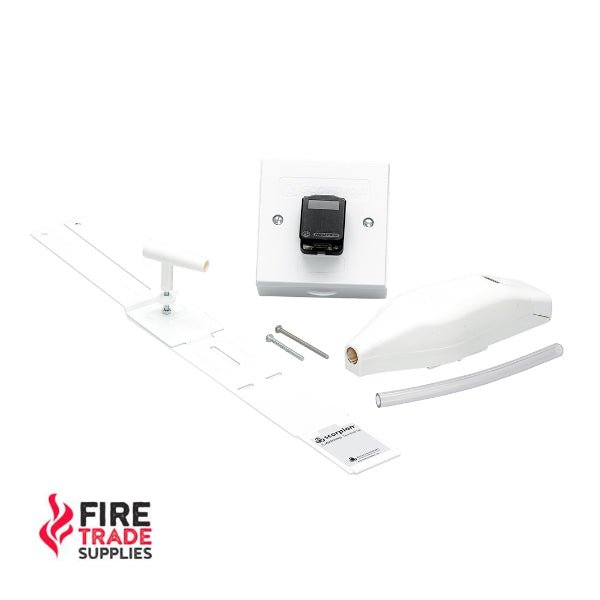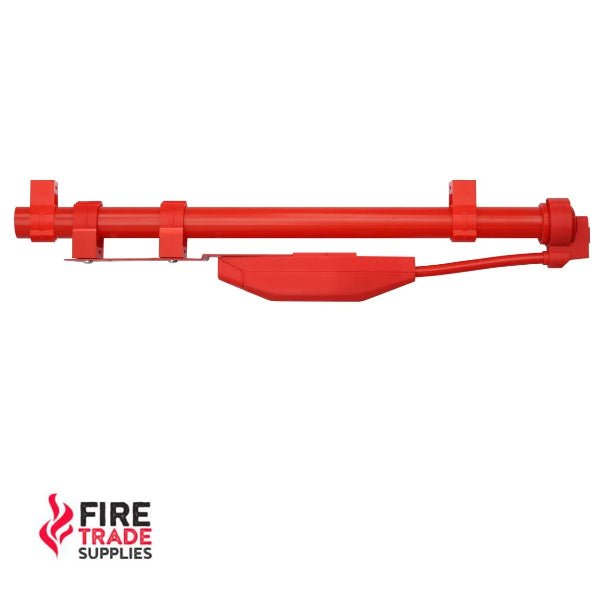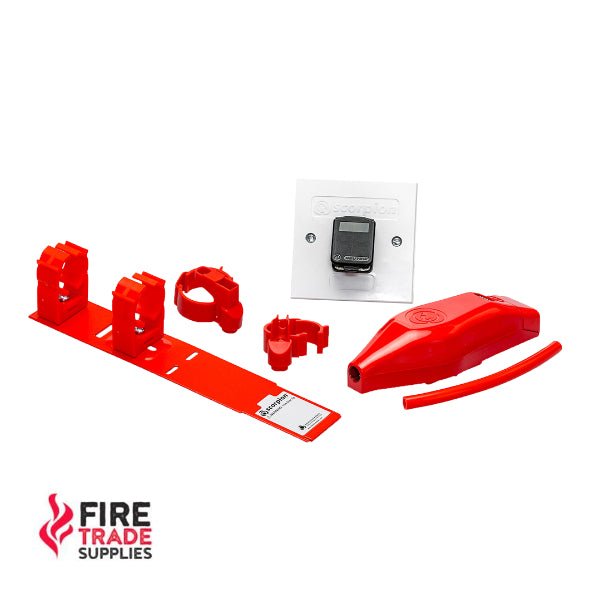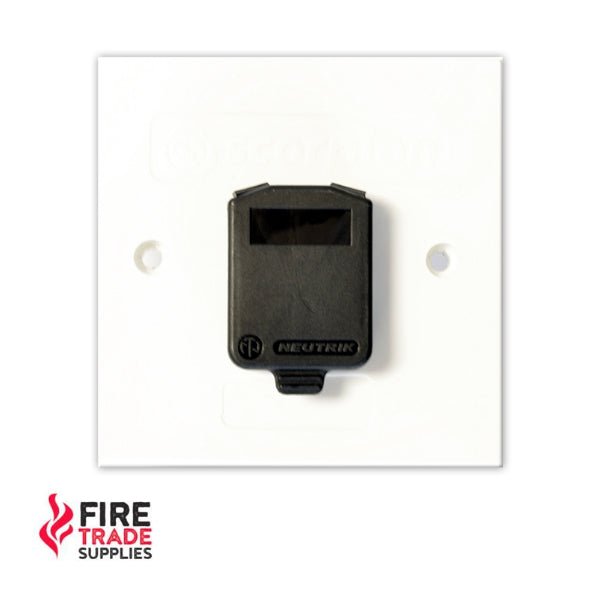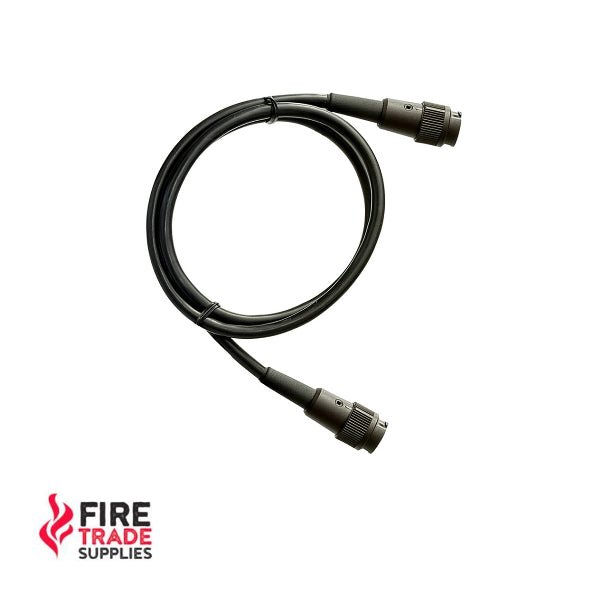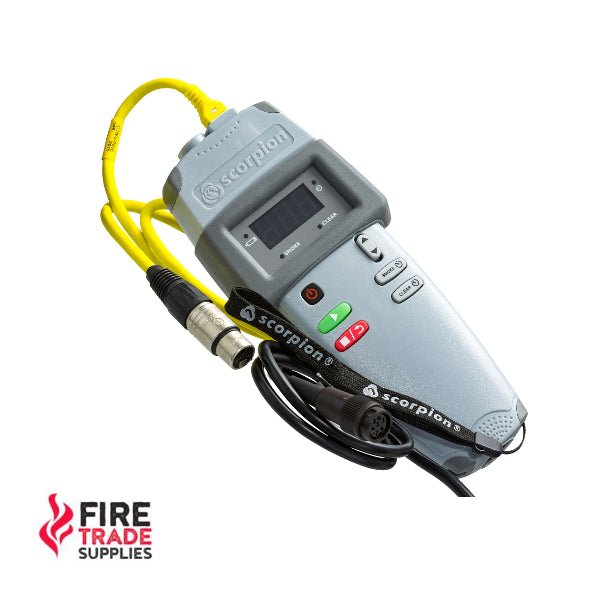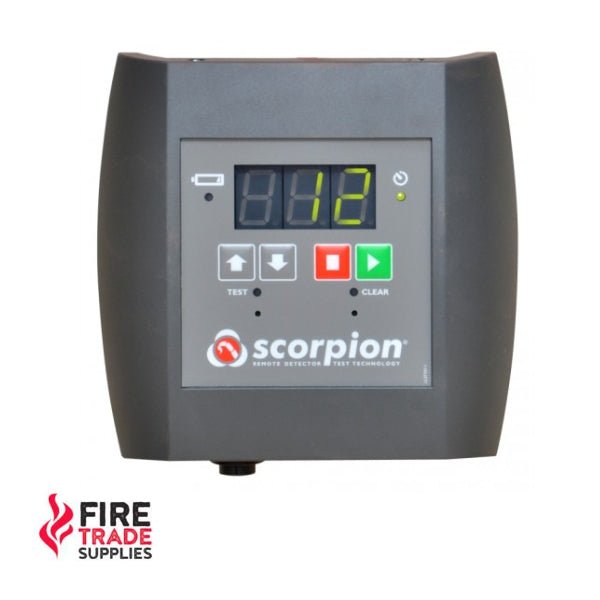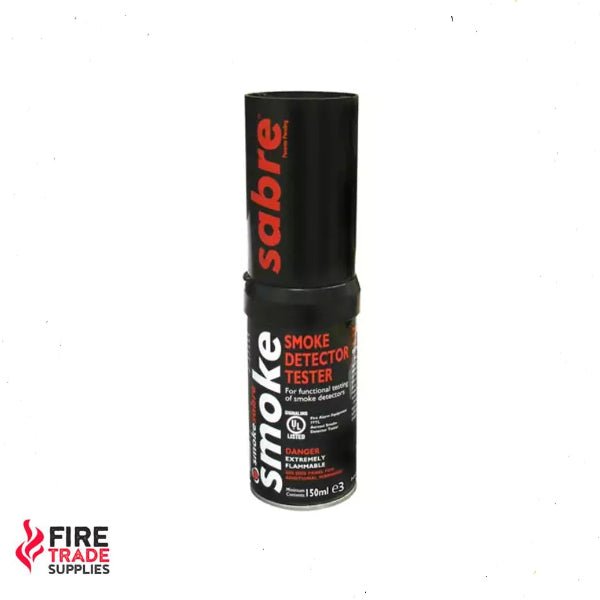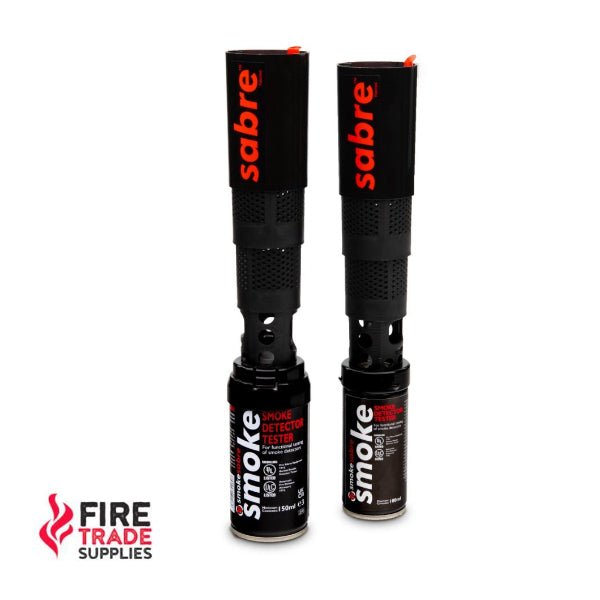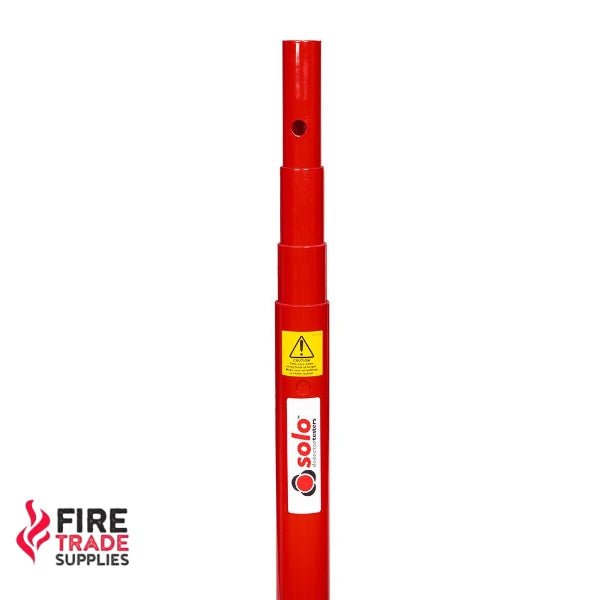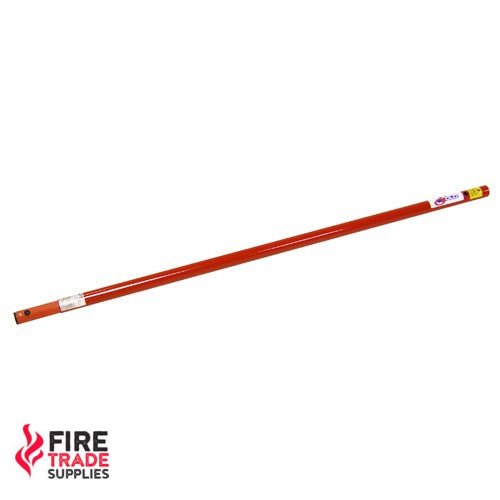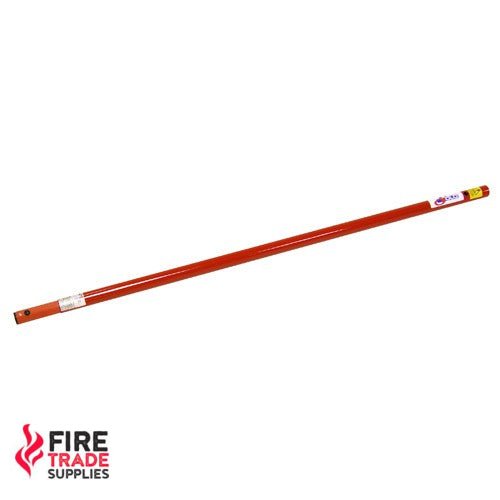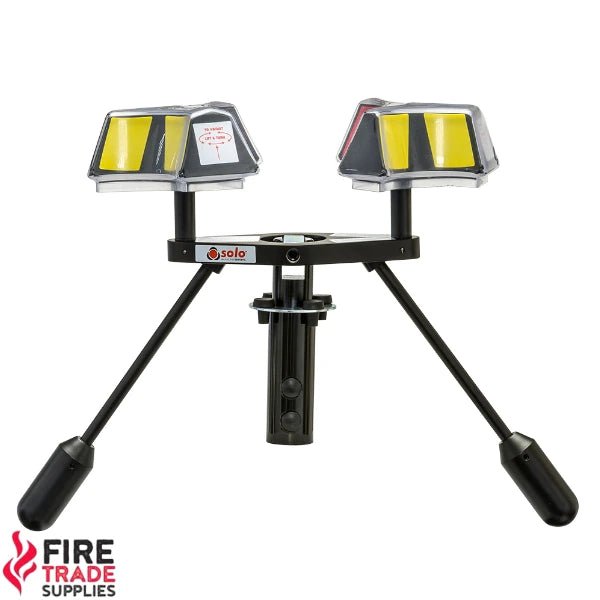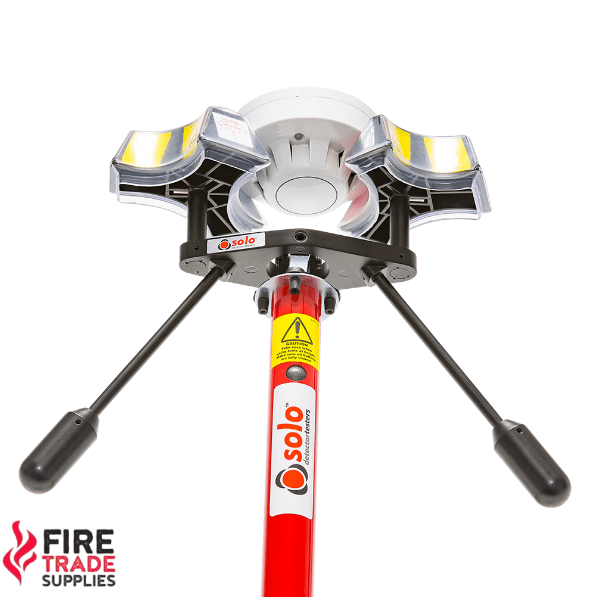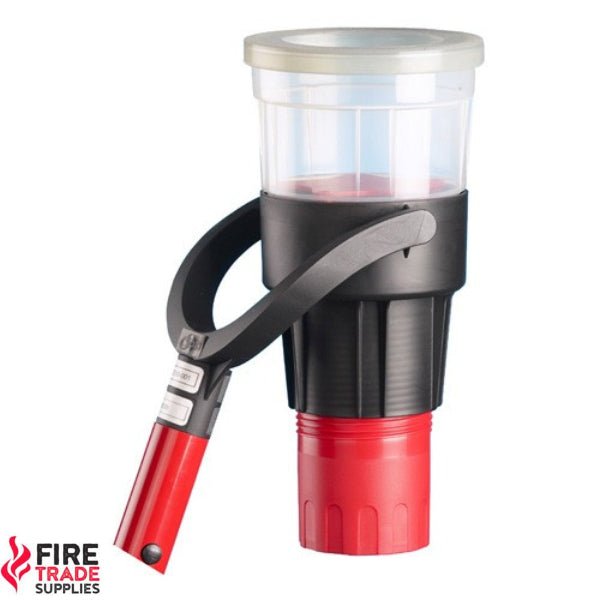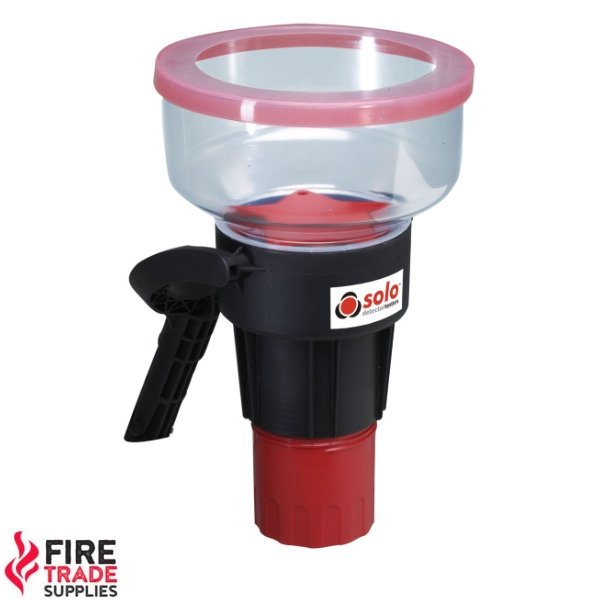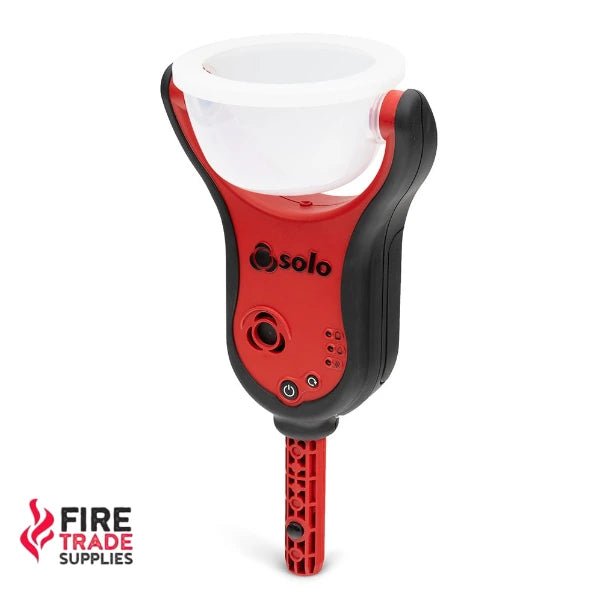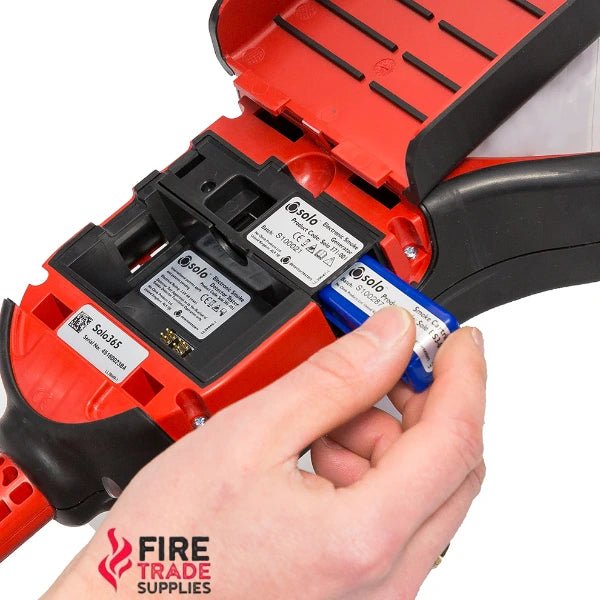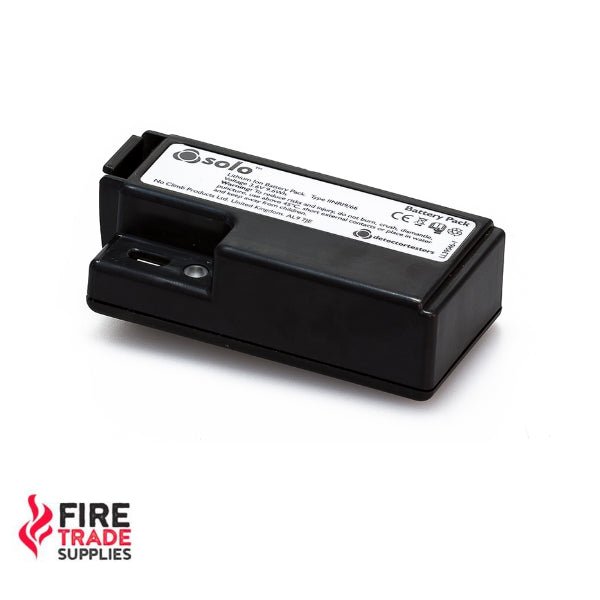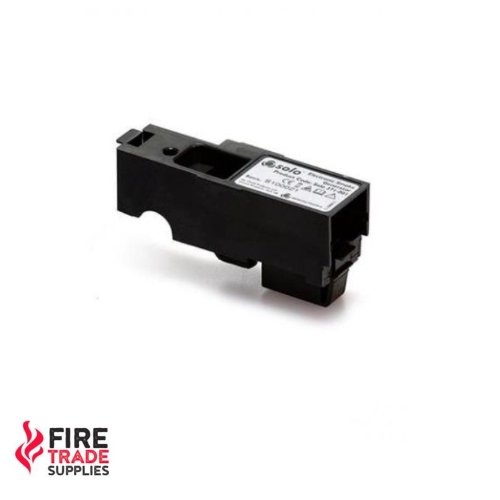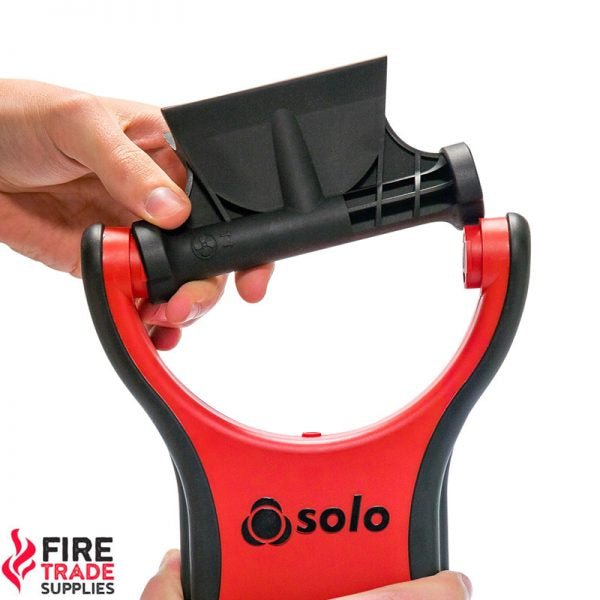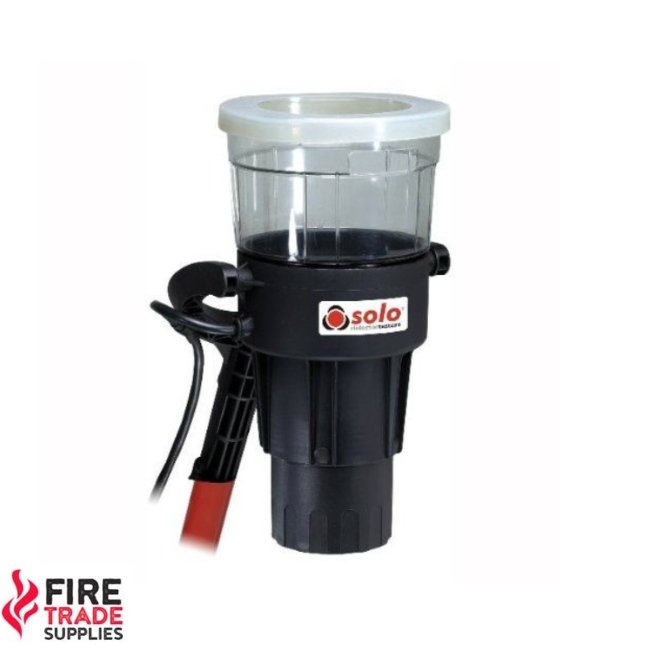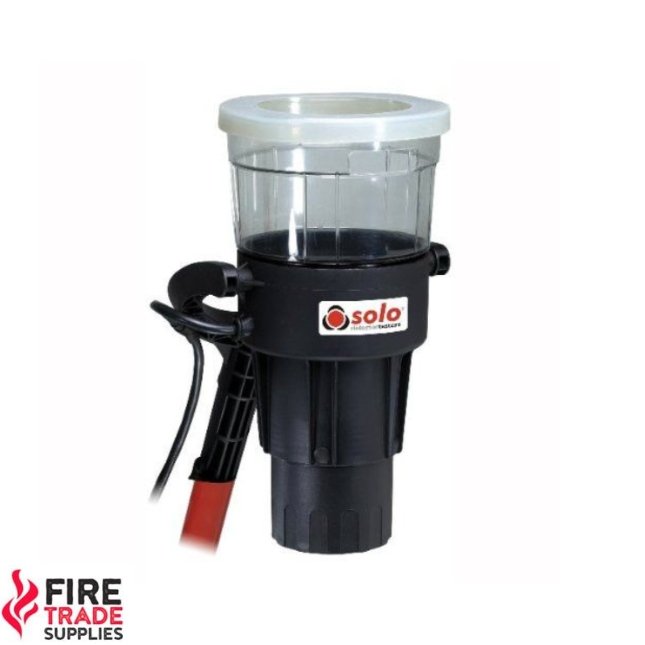
Why Choose Solo Test kits?
Fire alarm systems must be tested regularly to remain compliant with BS5839 fire alarm regulations. Solo has become the go-to brand for this purpose because of its:
Here are some reasons why Solo Test Kits stand out:
As one of the UK’s trusted smoke testing equipment suppliers, Fire Trade Supplies ensures you have access to genuine Solo products at competitive prices. |
What Is a Solo Test Kit?
A Solo test kit is a professional fire alarm testing system designed to safely simulate smoke or heat in order to test the activation of fire detectors.
These kits are commonly used by fire engineers, contractors, and building maintenance teams.
Each kit typically includes:
Together, they form a solo fire alarm test kit that’s both safe and fully compliant with UK fire testing standards.
For more information make sure to check out our helpful article on maintenance tip for your solo devices
Choosing the Right Solo Fire Alarm Test Kit
Different environments demand different testing tools. Here’s how to select the right Solo testing kit for your needs:
🔹 Smoke Testing Kits
Essential for routine maintenance, Solo smoke testers are designed to replicate the conditions of a real fire. Kits often include:
-
Solo A5 smoke aerosols for consistent test results
-
Telescopic poles for safe, ladder-free testing
🔹 Heat Testing Kits
For detectors that respond to temperature, Solo heat testers deliver controlled bursts of heat to ensure proper activation. Options include battery-powered or corded models, depending on site requirements.
🔹 Combination Fire Alarm Test Kits
Many engineers prefer all-in-one solutions. A Solo fire alarm test kit often includes both smoke and heat testers, making it easier to test multiple detector types with a single kit.
🔹 Detector-Specific Kits
Need to focus on one type of device? Our range of Solo detector testing kits provides targeted solutions for smoke-only or heat-only systems.
If you’re unsure which kit best suits your application, our team can provide guidance. We also recommend browsing our Testifire collection for combined smoke, heat, and CO detector testers.
Complete Solo Fire Testing Kits:
For comprehensive fire alarm maintenance, all-in-one solutions like the Solo testing kits provide the full range of detector testers, poles, and accessories needed for professional use.
if you need assistance in choosing the right Solo test kit for you, check out our helpful guide which underlines the pros and cons of each item, helping you make an informed decision. - Which Solo Test Kit Is Right for You? A Guide for Fire Safety Professionals
These kits form the backbone of most professional solo detector test equipment setups.
or checkout our complete Fire alarm testing equipment range
Solo Testing vs. Alternatives
When comparing Solo test equipment to other brands, several advantages stand out:
-
Proven Brand Authority – Solo by No Climb has set the benchmark for decades.
-
Wide Adoption – Used by contractors, fire alarm engineers, and facilities teams worldwide.
-
Lower Long-Term Cost – While initial investment may be higher, the durability and efficiency of Solo equipment reduce replacement and labour costs.
-
Complementary Products – Works seamlessly with other detector testers and accessories.
While alternatives such as Testifire offer multi-functional testing, Solo remains the go-to choice for many engineers due to its simplicity, proven reliability, and lower upfront cost.
How to Use Solo Testing Kits Effectively
Follow these simple steps to ensure proper use of your Solo Test Kit:
- Identify the detector type (smoke, heat, or CO).
- Attach the appropriate tester (e.g., Solo 330) to the extension pole.
- Activate the testing equipment and observe the detector's response.
- Reset the alarm system once testing is complete.
- Store equipment properly to extend its lifespan.
For help and convince we have added the multi language solo detector test equipment "Quick User Guide". If this doesn't help you cans till get in touch and we can assist you with all your needs regarding Solo Test Kits.
Compliance & Certification
Solo fire testers Kits comply with various UK and international fire safety regulations, including:
- BS EN 14604 (Smoke Alarm Standards)
- UL Listed certification for fire safety equipment
- NFPA compliance for fire alarm testing
Using certified testing kits ensures that your fire detection systems remain compliant and fully operational.
How Solo Test Kits Improve Safety and Compliance
Regular testing is not only best practice but also a legal requirement under UK fire safety regulations. Using a Solo fire test kit helps you:
-
Meet BS5839 compliance with reliable test activation
-
Protect building occupants by ensuring detectors respond quickly in real emergencies
-
Reduce liability by maintaining proper maintenance records
-
Improve efficiency by reducing the time and effort required for testing
-
Enhance safety for engineers, eliminating the need for ladders or unsafe access equipment
Investing in a Solo kit is not just about buying tools – it’s about ensuring safety and peace of mind.
Transport & Storage Guidelines
If you're transporting aerosols such as Solo A5, it's important to follow hazmat packaging rules. We've created a full guide covering:
-
UN1950 classification
-
Labelling for flammable goods
-
Storage best practices
-
International courier restrictions
For safer alternatives, Solo A10 and A10S are non-flammable and unrestricted.
Other Solo Fire Alarm test Kits:
However, this Solo test kit may not be acquitted to meet the needs of all customers which is why solo make a range of different test kit to fit all end users needs, these can be features within the table bellow.
📚 Further Reading & Guides
Explore more Solo test kit resources from Fire Trade Supplies:
🔗 Shop the Range
Looking for genuine Solo testing kits or individual parts? Visit our Solo Test Kits collection page to browse:
Recently viewed
Solo Test Kits FAQ'S
A Solo A5 smoke aerosol is designed for efficiency, with each can delivering approximately 250–300 detector tests, depending on usage conditions. Factors such as dispenser type, frequency of testing, and the size of the detectors being tested can affect this number. For most service engineers, one aerosol will last several site visits before needing replacement. Using genuine Solo aerosols ensures consistent activation, reduces waste, and prevents residue build-up inside detectors. For cost efficiency, many engineers keep a spare can on hand, especially when working across multiple sites. Fire Trade Supplies offers Solo A5 refills so you can stock up and avoid downtime during critical maintenance schedules.
Both the Solo 330 and Solo 332 are professional smoke dispensers used for testing smoke detectors, but there are key differences. The Solo 330 is the standard model, suitable for most common detectors, and is widely used across the industry. The Solo 332, on the other hand, has a larger cup design, making it better suited for detectors with wider or deeper housings. If you frequently test a variety of detectors, the 332 may provide better coverage and flexibility. Both models are compatible with Solo access poles and Solo A5 smoke aerosols, ensuring safe, efficient testing. Choosing between them depends on your typical detector installations – for most, the Solo 330 is sufficient, but the 332 is ideal for complex or oversized devices.
Yes. One of the benefits of investing in Solo test equipment is the availability of replacement parts. Engineers can purchase Solo telescopic poles, spare dispensers, heat tester components, and even carrying cases individually. This makes it easy to replace damaged or worn items without buying a completely new kit. Replacement parts are especially useful for contractors who need to maintain multiple sets of equipment across different teams. Fire Trade Supplies stocks genuine Solo accessories and spares, ensuring compatibility and long-term reliability. Whether you need to extend your reach with additional poles or replace a frequently used dispenser, you can keep your kit in peak condition with our full range of Solo replacement parts.
Yes. While Solo smoke testers are specifically designed for smoke detectors, the Solo range also includes heat testers such as the Solo 461 (battery-powered) and Solo 423 (mains-powered). These tools apply controlled bursts of heat to trigger heat-sensitive detectors. Engineers often choose a Solo fire alarm test kit that includes both smoke and heat testers for comprehensive coverage. This allows for complete system testing without the need for ladders or makeshift methods. Solo’s modular design means you can combine smoke and heat testing tools using the same access poles, making the process efficient and safe. If you work across mixed installations with both smoke and heat detectors, a combination Solo kit is the most practical option.
UK fire safety standard BS5839 requires smoke detectors to be tested at least once every 12 months, but many sites test more frequently, especially in high-risk environments such as care homes, hospitals, or commercial buildings. Using Solo smoke testers ensures that each device responds to real-world stimuli, proving the detector works correctly. Weekly or monthly “functional checks” may be carried out on selected devices, while a full system test should be completed annually. Solo test kits make this process faster and safer, helping engineers cover large buildings efficiently. By incorporating Solo testing into your planned maintenance schedule, you not only stay compliant but also provide peace of mind that detectors will respond when needed most.
Solo access poles are lightweight, telescopic, and designed for safe ladder-free testing. The Solo 100 telescopic pole extends up to 4.5 metres, while additional extension poles can be added to reach detectors as high as 9 metres. This makes Solo equipment suitable for testing in offices, warehouses, sports halls, and other buildings with high ceilings. Engineers benefit from reduced risk, as they can remain on the ground rather than working at height. The poles are manufactured from reinforced but lightweight materials, making them easy to transport and use on site. For most routine fire alarm testing, a combination of Solo telescopic and extension poles provides all the reach required without compromising safety.
Yes. BS5839-1 outlines the requirements for fire detection and alarm system maintenance in the UK, and using Solo test equipment supports compliance. The standard requires that detectors be tested using a method that introduces smoke, heat, or CO in a way that mimics real conditions. Solo testers achieve this without damaging detectors or leaving residue, ensuring accurate results. By using genuine Solo products, fire alarm engineers can demonstrate that detectors respond properly under test, fulfilling legal obligations and providing auditable evidence of maintenance. This approach not only meets compliance requirements but also builds trust with building owners and responsible persons, as it shows best-practice fire alarm testing is being followed.
DIY methods, such as using matches, aerosols not designed for detectors, or even pressing test buttons, are unsafe and unreliable. They can cause damage, fail to properly activate detectors, or give a false sense of security. Solo smoke testers are engineered specifically for fire alarm maintenance, delivering the right concentration of smoke safely and cleanly. This ensures detectors are tested under realistic conditions, without residue or health risks. Approved test equipment also demonstrates professionalism and compliance with BS5839 fire safety standards. For engineers and contractors, using Solo avoids costly call-backs, reduces liability, and enhances credibility with clients. In short, Solo testers protect both the detectors and the people who rely on them.
A Solo test kit typically includes:
A smoke dispenser (Solo 330/332) or heat tester (Solo 461/423)
One or more telescopic access poles (Solo 100/101)
Smoke aerosols or capsules (Solo A5, A10, or A10S)
Optional detector removal tools (Solo 200)
Some kits combine smoke and heat testers, while others focus on one detector type. Choosing the right kit depends on whether you need smoke-only, heat-only, or combination testing capability. Fire Trade Supplies offers complete Solo kits and replacement parts to suit every requirement.
Yes. In addition to complete Solo test kits, Fire Trade Supplies stocks genuine Solo A5 smoke aerosols and other consumables. These are essential for ongoing detector testing, as each can provides several hundred tests. We also supply extension poles, spare dispensers, and accessories to keep your kit fully operational. Stocking up on consumables ensures you’re never caught short during scheduled maintenance. Using genuine Solo A5 aerosols guarantees consistent performance, avoids residue, and ensures compliance with fire safety standards. As an authorised supplier, Fire Trade Supplies offers fast delivery and competitive pricing, helping engineers and contractors keep their equipment ready for every job.
Both Solo and Testifire are professional detector testing solutions made by No Climb Detector Testers, but they serve different needs. Solo test kits provide smoke or heat testing using separate tools, making them simple, reliable, and cost-effective. Testifire units, on the other hand, combine smoke, heat, and CO testing in one multi-functional device, which can save time on larger sites. Engineers who mainly test smoke or heat detectors often prefer Solo kits for their lower cost and proven durability, while Testifire is ideal for multi-sensor environments.
If a detector does not respond during testing, there are several possible reasons:
The detector may be disabled or isolated at the fire panel.
The smoke chamber may be dirty or blocked.
The aerosol canister may be empty or improperly fitted.
The cup may not be sealed around the detector, allowing smoke to escape.
Checking these issues usually resolves the problem. If the detector still fails to activate, it may be faulty and require replacement. Using genuine Solo A5 aerosols and ensuring correct technique minimises the risk of test failures.
Still Have Questions?
If we still haven't answered your question, you can contact us below and we will get back to you as soon as possible.

